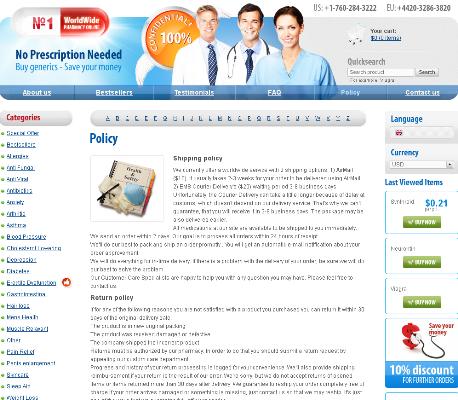Prelone in Pediatrics: Safe Use in Children
Understanding Prelone: What Parents Should Know
Prelone, a corticosteroid commonly prescribed in pediatric medicine, plays a crucial role in managing various inflammatory and allergic conditions in children. It is essential for parents to understand that Prelone can be a lifesaver for conditions like asthma, severe allergies, and skin disorders. However, being well-informed about its use ensures the advantage of its benefits while minimizing potential risks.
### Important Information for Parents:
| Key Points to Know | |--------------------| | **Medication Type:** Corticosteroid | | **Primary Use:** Anti-inflammatory and immunosuppressant | | **Common Conditions Treated:** Asthma, allergies, skin disorders | | **Administration:** Oral liquid form | | **Precautionary Measures:** Monitor dosage, be aware of side effects |
Common Pediatric Conditions Treated with Prelone

Prelone, a liquid corticosteroid medication, is frequently prescribed in pediatrics to manage various inflammatory and allergic conditions. Children suffering from asthma can benefit significantly from Prelone, as it helps reduce airway inflammation and improve breathing. Another common use is for severe allergic reactions, where Prelone aids in alleviating symptoms like swelling and hives.
Moreover, Prelone is often administered to treat conditions such as croup, a respiratory illness characterized by a barking cough, and certain autoimmune disorders. It's crucial for parents to understand that Prelone can effectively manage these conditions, providing relief and improving the overall well-being of the child when used correctly under medical supervision.
Dosage Guidelines: Ensuring Safe Administration
Administering Prelone to children necessitates precise dosage calculations to ensure safety and efficacy. Typically, the dosage is determined based on the child's weight and the specific condition being treated. It is crucial to follow the pediatrician’s prescription exactly and use a proper measuring device, such as an oral syringe, to avoid dosing errors.
Open communication with your healthcare provider can assist in identifying the correct dosage and frequency. Regularly scheduled follow-ups are recommended to monitor the child's response to Prelone and make any necessary adjustments to the dosage.
Potential Side Effects: What to Watch for

Understanding the side effects of Prelone is crucial for ensuring the wellbeing of pediatric patients. Commonly reported side effects include mood swings, increased appetite, and weight gain. It's not uncommon for children taking Prelone to experience changes in behavior or difficulty sleeping. These symptoms can be alarming, but they are often manageable with the guidance of a healthcare provider.
In addition to short-term side effects, parents should be aware of potential long-term effects if Prelone is used over extended periods. Prolonged use can impact growth and immune function, making regular monitoring essential. Bone density issues and increased susceptibility to infections are also risks that require vigilant observation.
Parents should stay vigilant for severe side effects such as difficulty breathing, severe abdominal pain, or signs of an allergic reaction, like hives or swelling. Immediate medical attention is imperative in such cases. By staying informed and communicating openly with healthcare providers, parents can play an active role in mitigating risks and ensuring their child's safety while on Prelone treatment.
Monitoring and Managing Long-term Use in Children
Monitoring and managing the long-term use of Prelone in children is crucial to ensuring their health and safety. Regular pediatric consultations are invaluable for tracking a child's growth, development, and overall wellbeing. Parents should maintain an open line of communication with healthcare providers, ensuring any emerging concerns are immediately addressed. Monitoring includes frequent blood tests to check for potential side effects and adjusting dosages accordingly to minimize risks.
| Aspect to Monitor | Suggested Frequency |
|---|---|
| Growth and Development | Every 3-6 months |
| Blood Tests | Every 3 months |
| Bone Health | Annually |
Managing long-term use also involves vigilance for symptoms like mood changes or immune system issues. Parents should be proactive in discussing any observed behavioral changes with their healthcare provider to promptly address potential side effects of Prelone.
Expert Tips for Communicating with Healthcare Providers
When discussing your child’s treatment with Prelone, come prepared with a list of questions and concerns to ensure all aspects of their care are addressed. It’s crucial to understand the expected benefits and any possible side effects specific to your child's condition. Regular follow-ups are essential, so don’t hesitate to ask about the schedule for follow-up visits and what signs to monitor at home. This proactive approach fosters open communication and ensures that your child receives the safest and most effective treatment possible.

